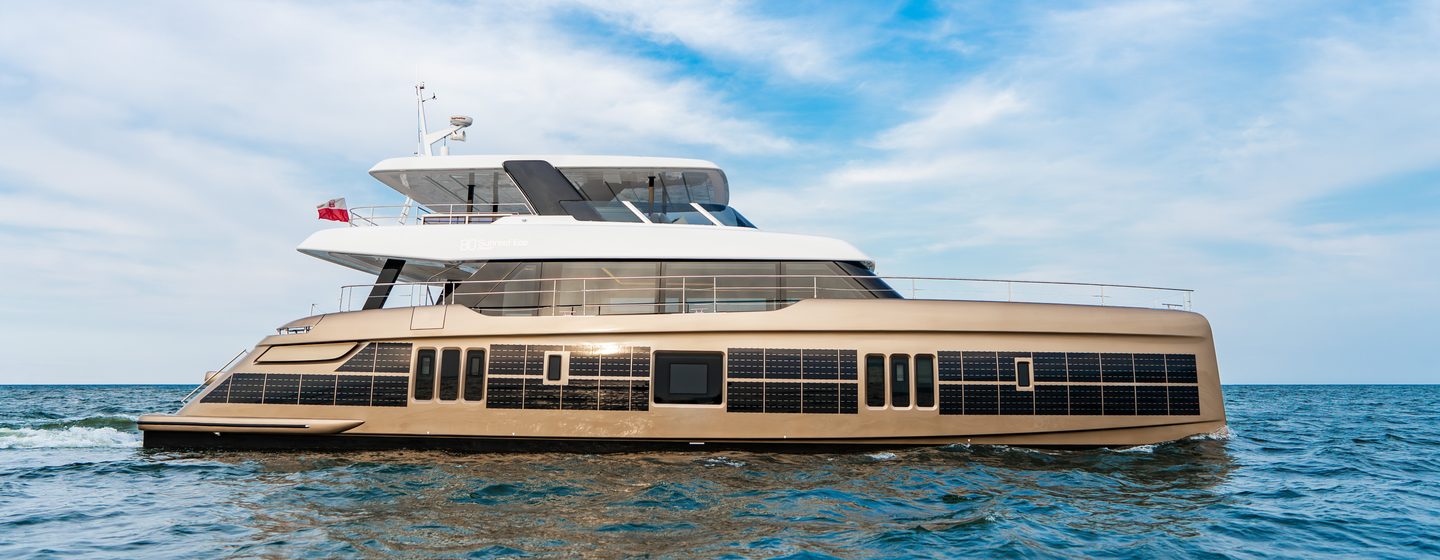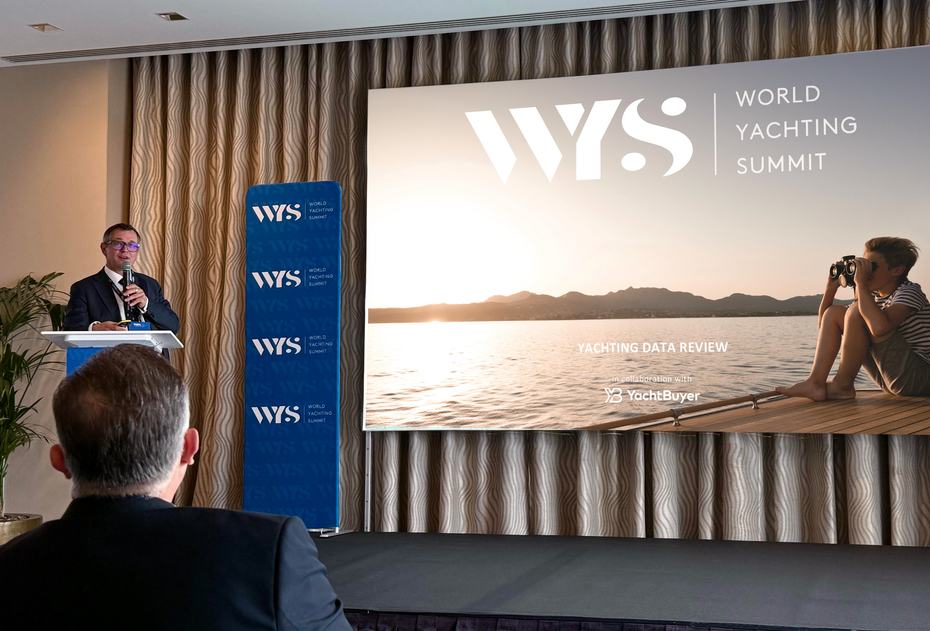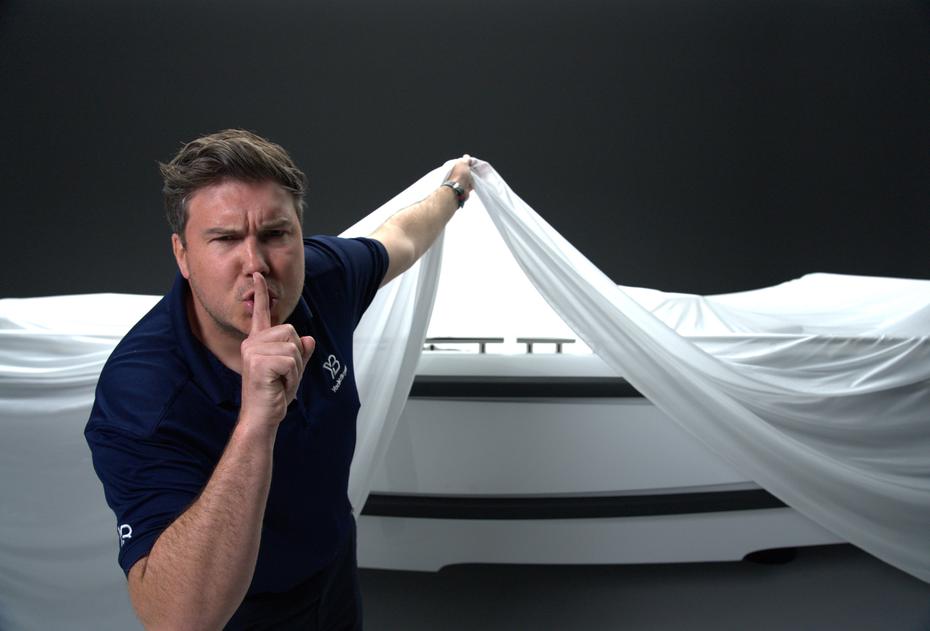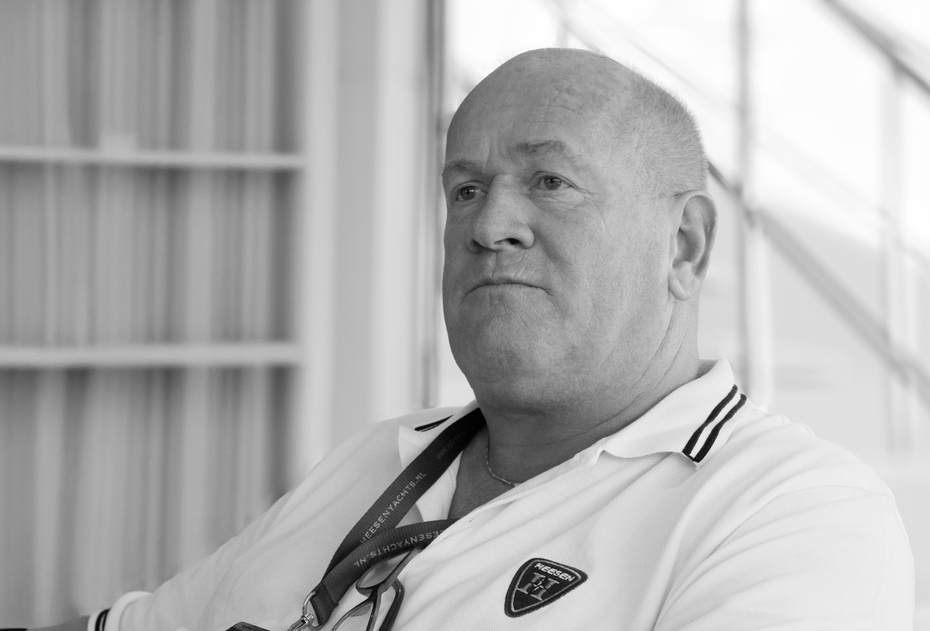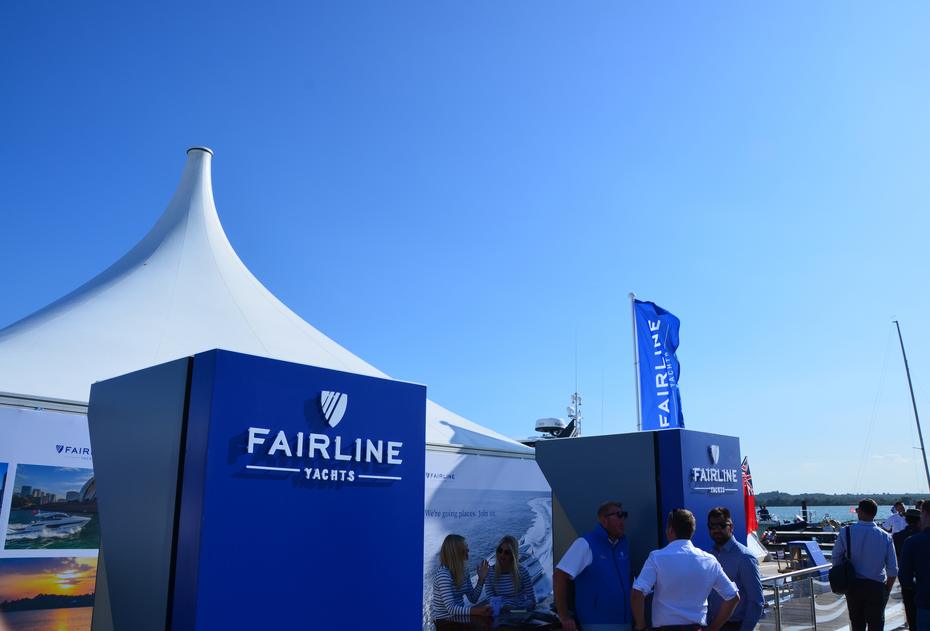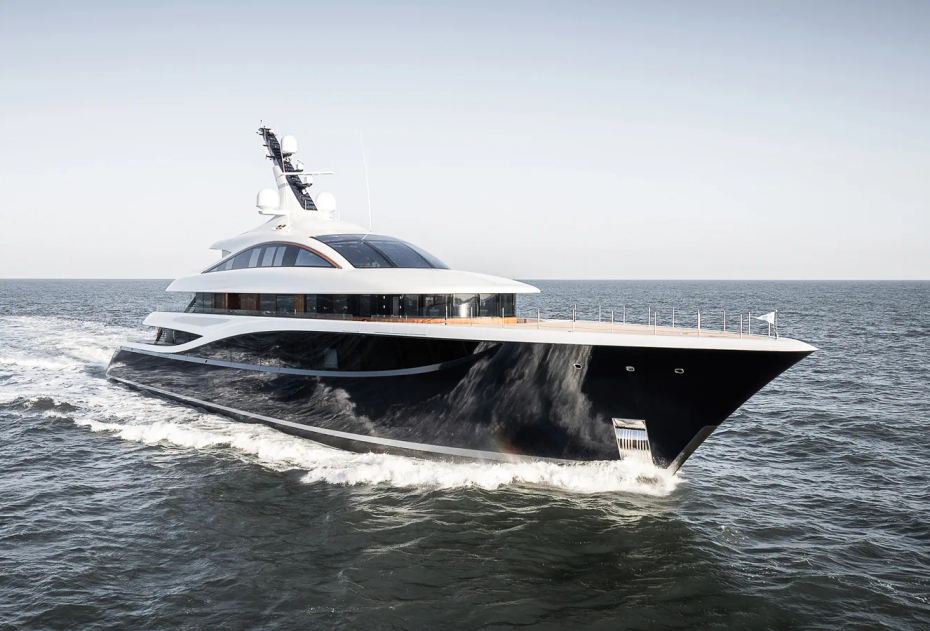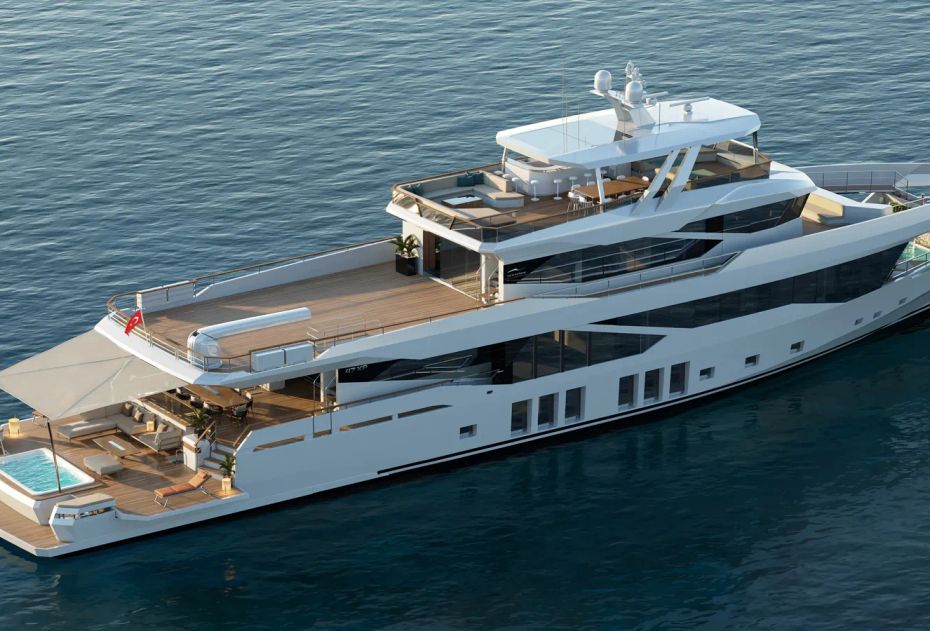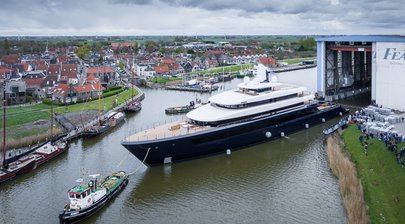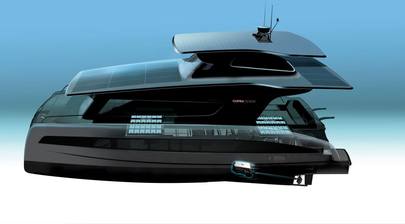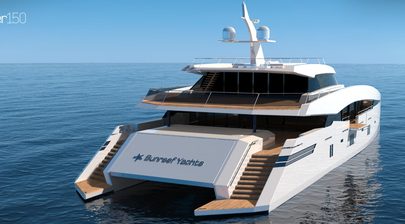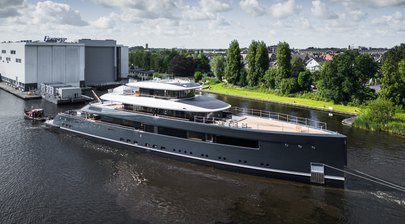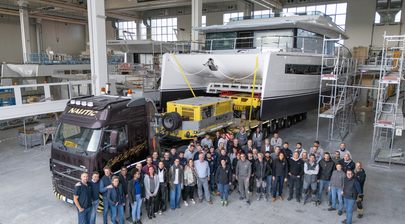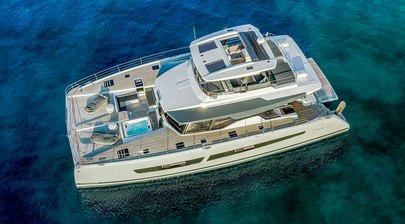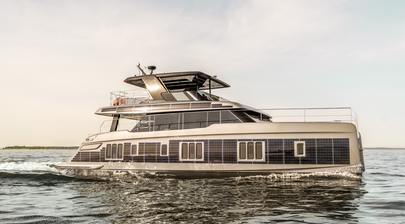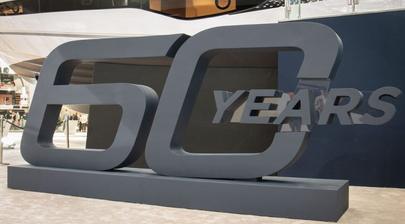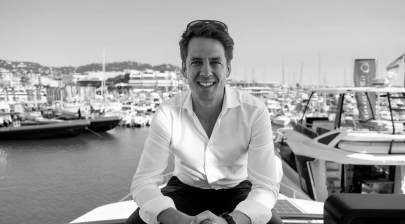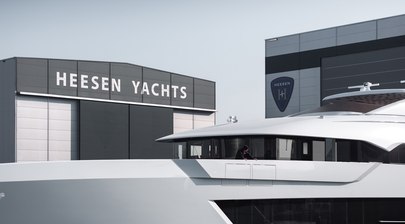Solar electric yachting represents a pivotal step towards reducing the environmental footprint of marine vessels. By harnessing solar energy through photovoltaic panels integrated into the yacht's design, these systems generate clean and renewable power.
When MS Tûranor PlanetSolar launched in 2010, it marked a groundbreaking achievement as the world's first solar-powered boat of its kind. Named after JRR Tolkien's 'Lord of the Rings', Tûranor translates to the power of the sun, reflecting its mission to circumnavigate the globe using solar power.
The 512m² of photovoltaic panels on the 35m MS Tûranor PlanetSolar supplied power to six blocks of lithium-ion batteries, which at the time constituted the largest mobile civilian battery bank in the world.
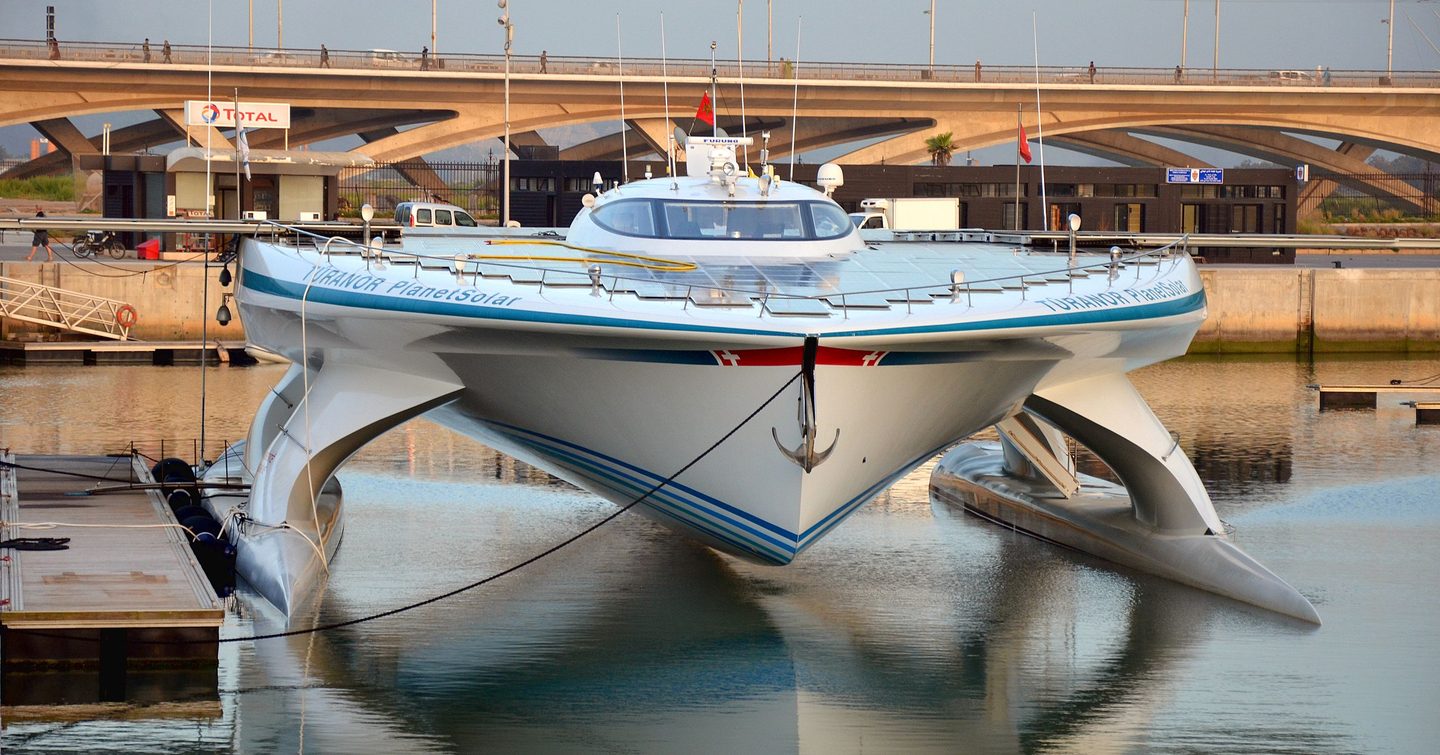
Departing from the Principality of Monaco on 27 September 2010, the prototype embarked on an epic journey, covering over 37,000 miles along an equatorial route and setting a pioneering precedent in sustainable maritime travel.
Following the success of MS Tûranor PlanetSolar, the rest of the yachting industry awakened to the potential of solar energy. Since then, a significant boom has occurred within the industry, with solar power becoming increasingly integrated into yacht design and propulsion systems worldwide.
Photovoltaic (PV) Technology
In yachts, photovoltaic (PV) technology is used to harness solar energy to generate electricity. Solar panels installed on the yacht's surface convert sunlight into power, which can be used to charge batteries, run electrical systems, and reduce reliance on fuel-powered generators. This enhances the yacht's energy efficiency, lowers fuel consumption, and provides a sustainable power source at sea.
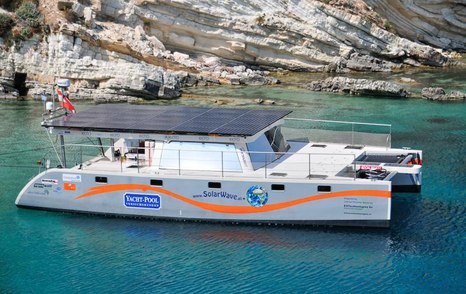
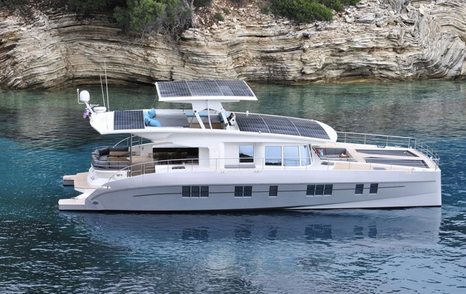
Silent Yachts
When MS Tûranor PlanetSolar set sail in 2010, Silent Yachts were already on their journey into alternative energy research, one they began during the mid-90s. Their dedication culminated in the launch of the SolarWave 46 in 2009, marking a significant milestone as a fully solar-electric, self-sufficient ocean-going catamaran prototype.
Recognized as a pioneer in the field, Silent Yachts introduced the first series-produced solar electric yacht in the world, the Silent 64, to the market in 2016. This innovation placed them several years ahead of other shipyards.
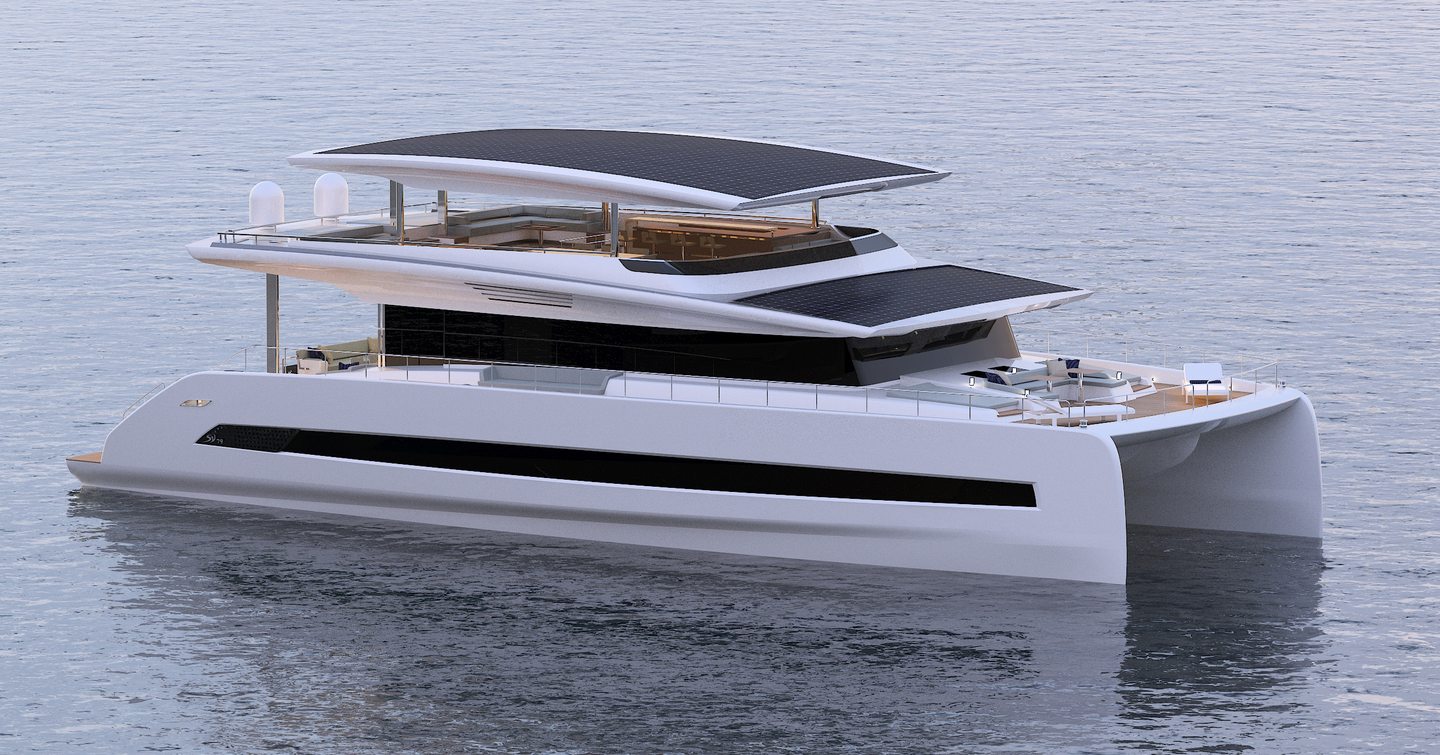
Greenline Yachts, built in Slovenia, benefit from the country's recognition as the world's first green country by Nethlerand-Based Green Destinations.
Their explanation is succinct and the solar power technology is integral on all Greenline yachts.
Shore Power Charging Mode: When docked, the boat connects to a 230V (120V) AC shore power supply. This charges the battery pack while the inverter provides AC power for onboard appliances like refrigerators and TVs.
Diesel Drive Charging Mode: The diesel engine propels the boat and drives the generator, swiftly recharging the battery pack in just 2-2.5 hours.
At Anchor Mode: Charging with Solar Panels: Solar panels on the roof charge the batteries, supplying AC power through an inverter to appliances. If battery levels dip, the diesel engine activates to charge the pack via generators, with the propeller disengaged in neutral—this is the anchor charge mode.
Electric Drive Propulsion: Utilizing Lithium batteries, the electric motor on Greenline yachts provides emission-free propulsion, perfect for silent maneuvering in marinas or anchorages with minimal wake. A fully charged battery pack offers a range of up to 20 nautical miles at a cruising speed of 4-5 knots.
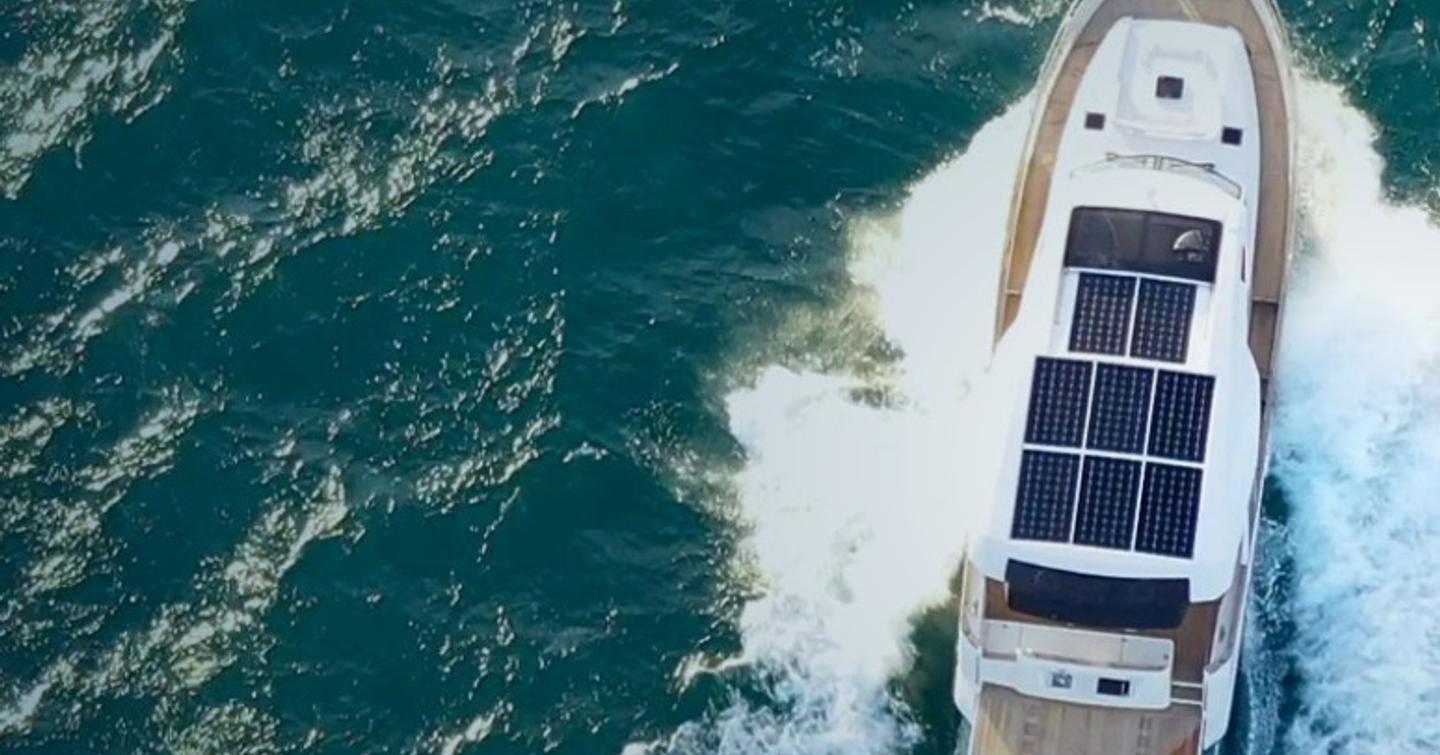
Sunreef Yachts pioneers a composite-integrated solar power system designed in-house, maximizing solar generation by integrating photovoltaic cells into catamaran hulls, superstructures, or masts. Known for flexibility, efficiency, and durability, it's the industry's lightest solution, earning the prestigious UIM Environmental Award. Sunreef Yachts Eco catamarans feature marine battery banks with a density under 5.2 kg per kWh—30% lighter than standard systems—recharging efficiently worldwide.
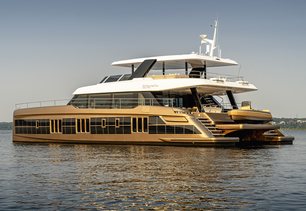
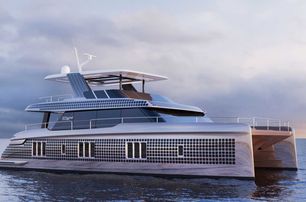
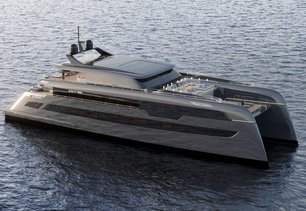
Sunreef Yachts catamarans also lead with an energy-saving, battery-operated air conditioning system consuming 70% less energy than typical yacht systems, ensuring superior humidity control in tropical climates.
Dutch yard Feadship recently launched its 59.5m superyacht PROJECT 713 from its De Vries facilities in Aalsmeer. This yacht represents another significant step in Feadship's journey towards net-zero yacht building by 2030, utilizing both solar energy and HVO (hydrotreated vegetable oil).
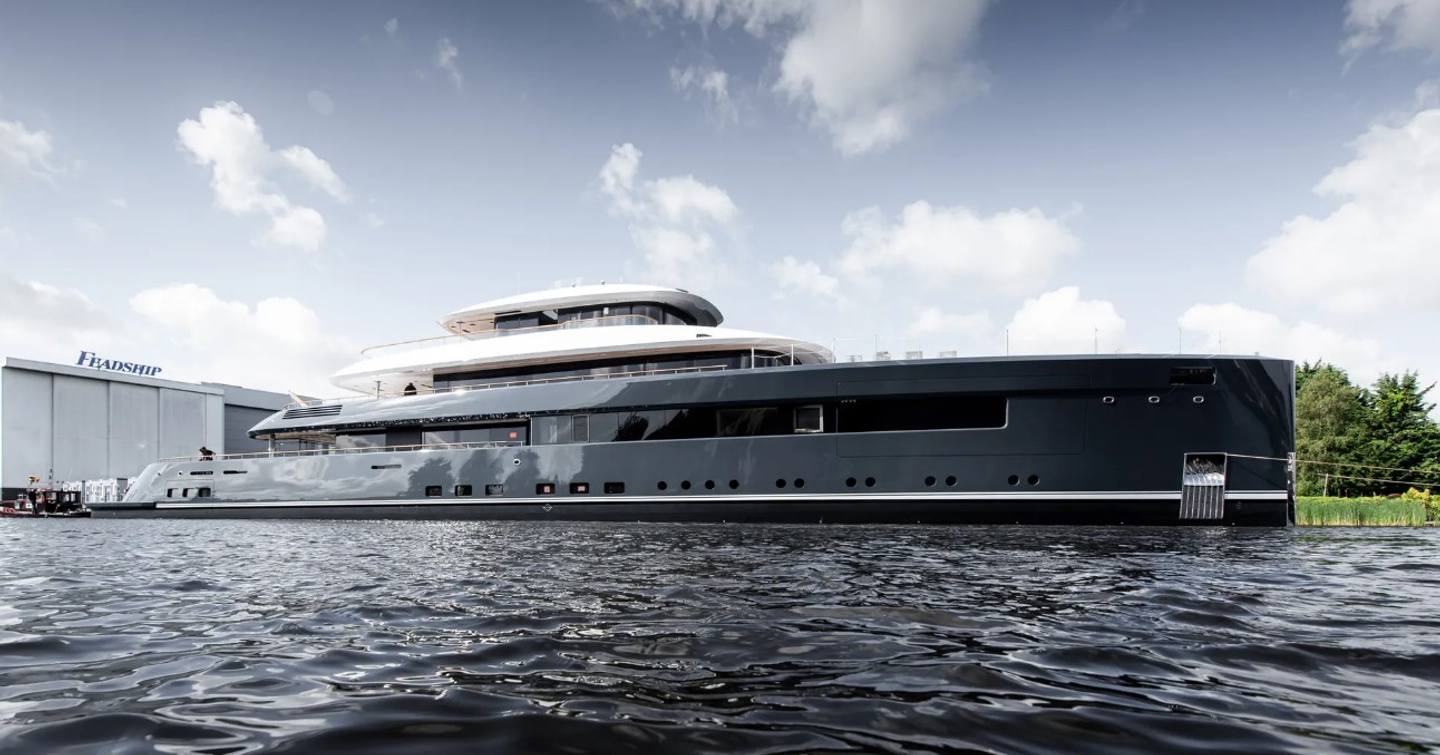
The yacht marks Feadship's debut in integrating solar cells for auxiliary power generation, complementing its diesel-electric propulsion and capability to operate on non-fossil HVO, consistent across all Feadship vessels. Designed for cruising efficiency rather than top speed, its hull form is optimized accordingly. The solar panels, utilizing the most efficient silicon cells available, are custom-made in the Netherlands for optimal performance and durability. These panels contribute substantially to the yacht's energy efficiency, generating up to 24 MWh annually.
PROJECT 713 joins a series of sustainability-focused yachts launched by Feadship in the past year, including the HVO-powered OBSIDIAN, fuel-cell fitted PROJECT 821, and hybrid-electric certified PROJECT 1012.
